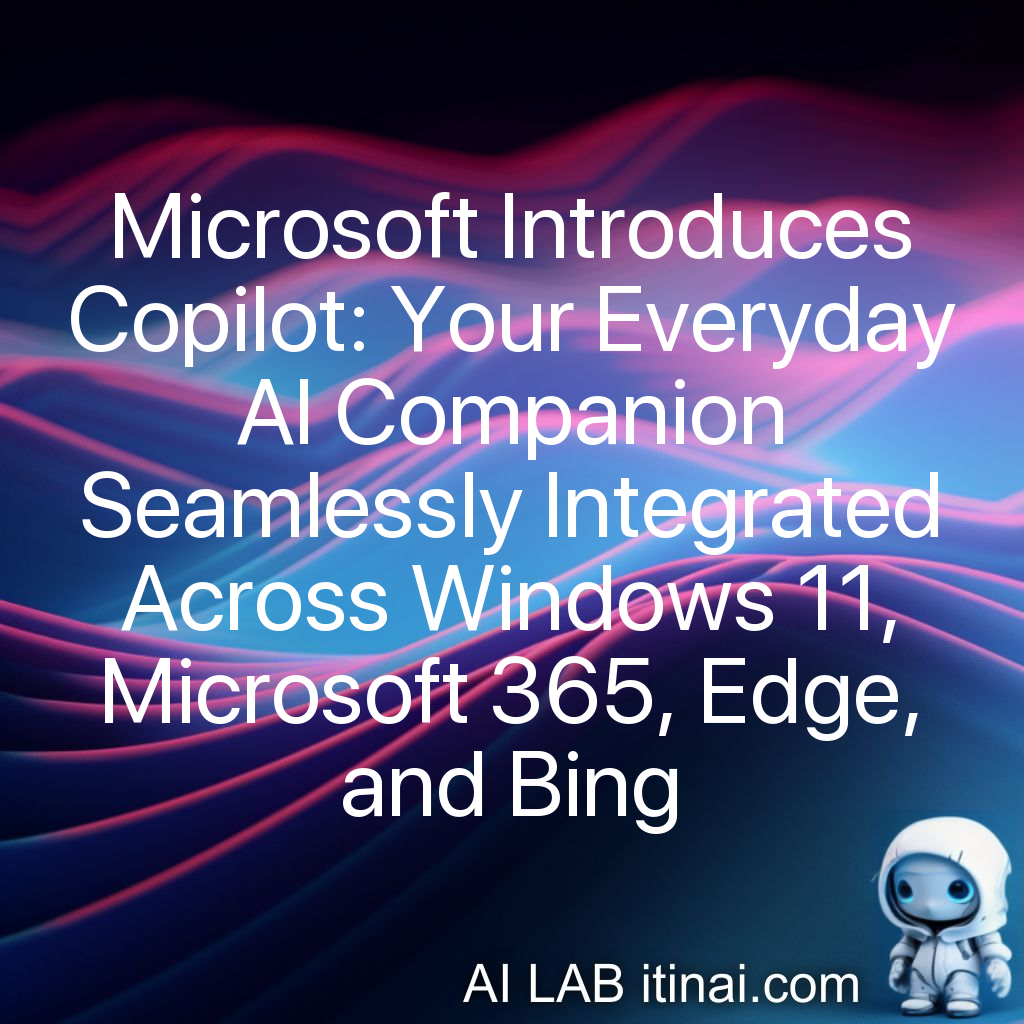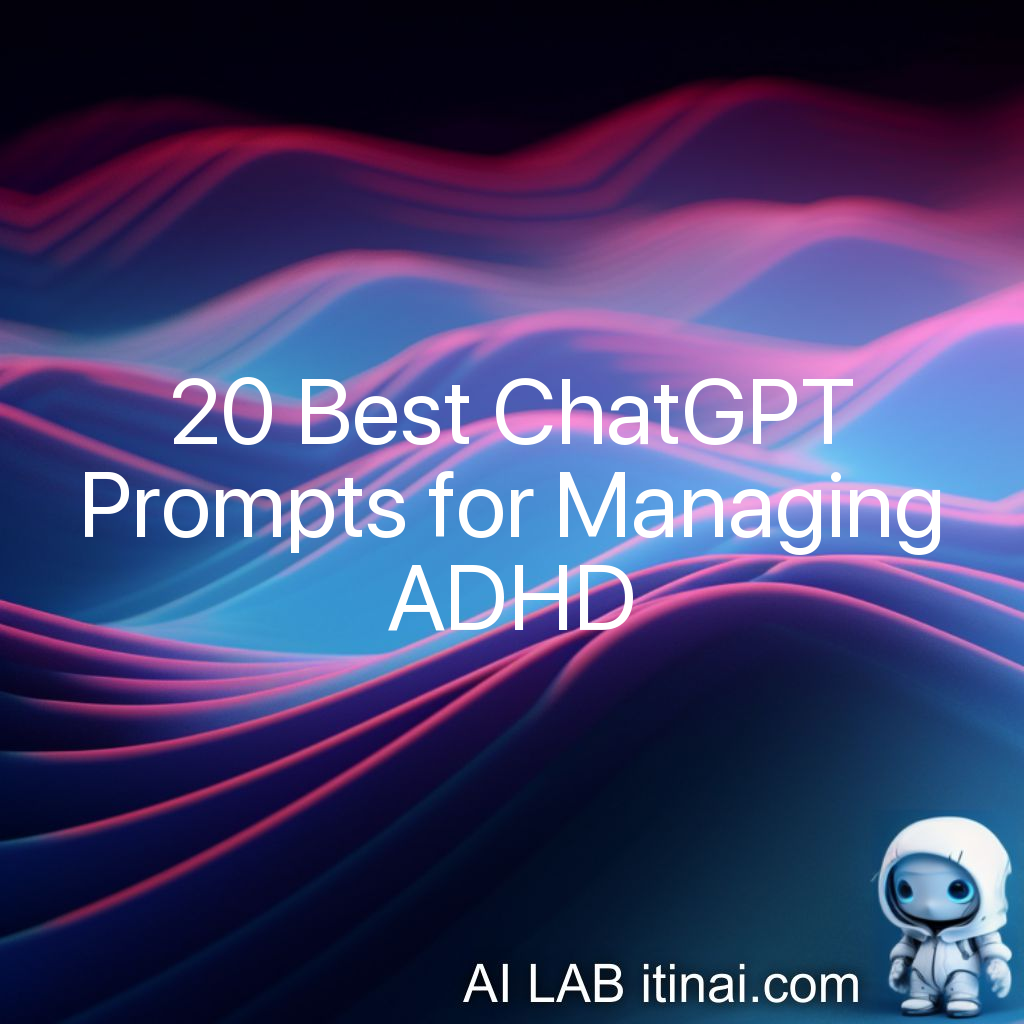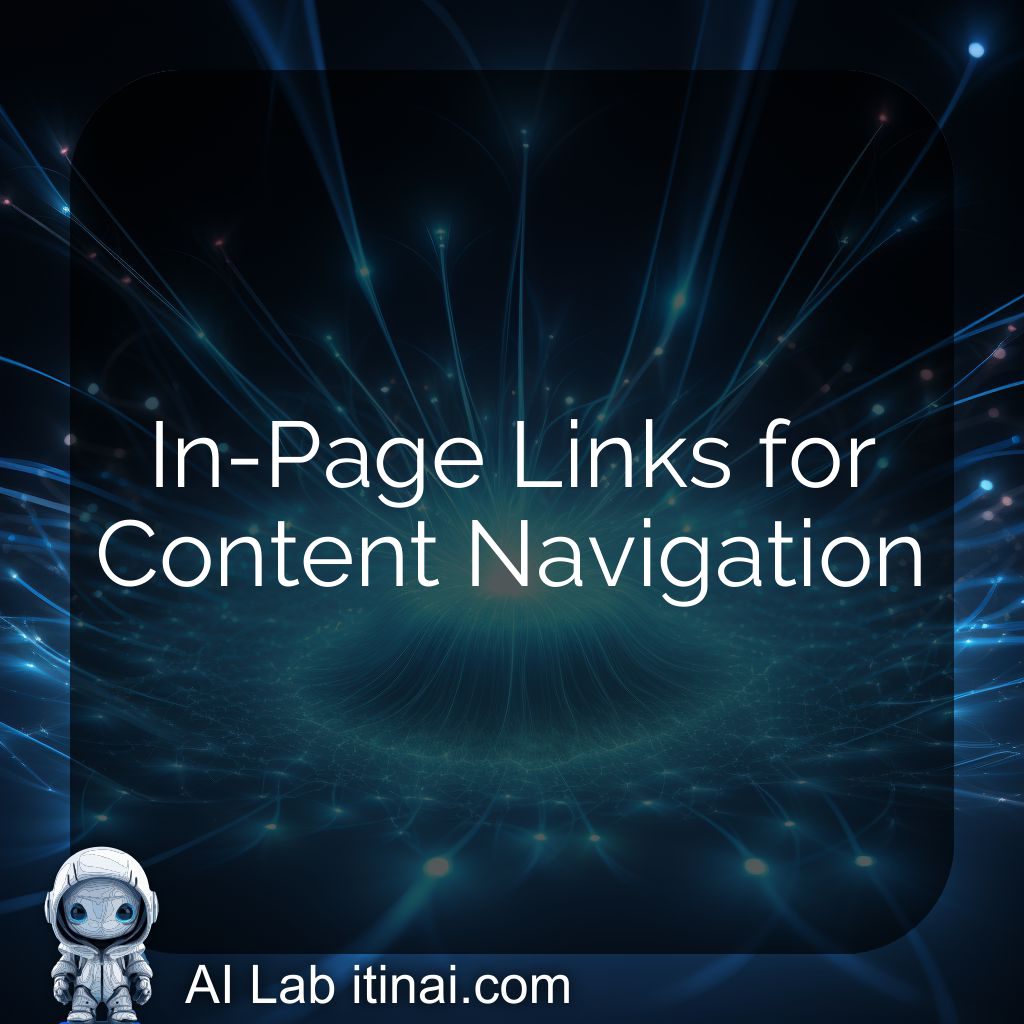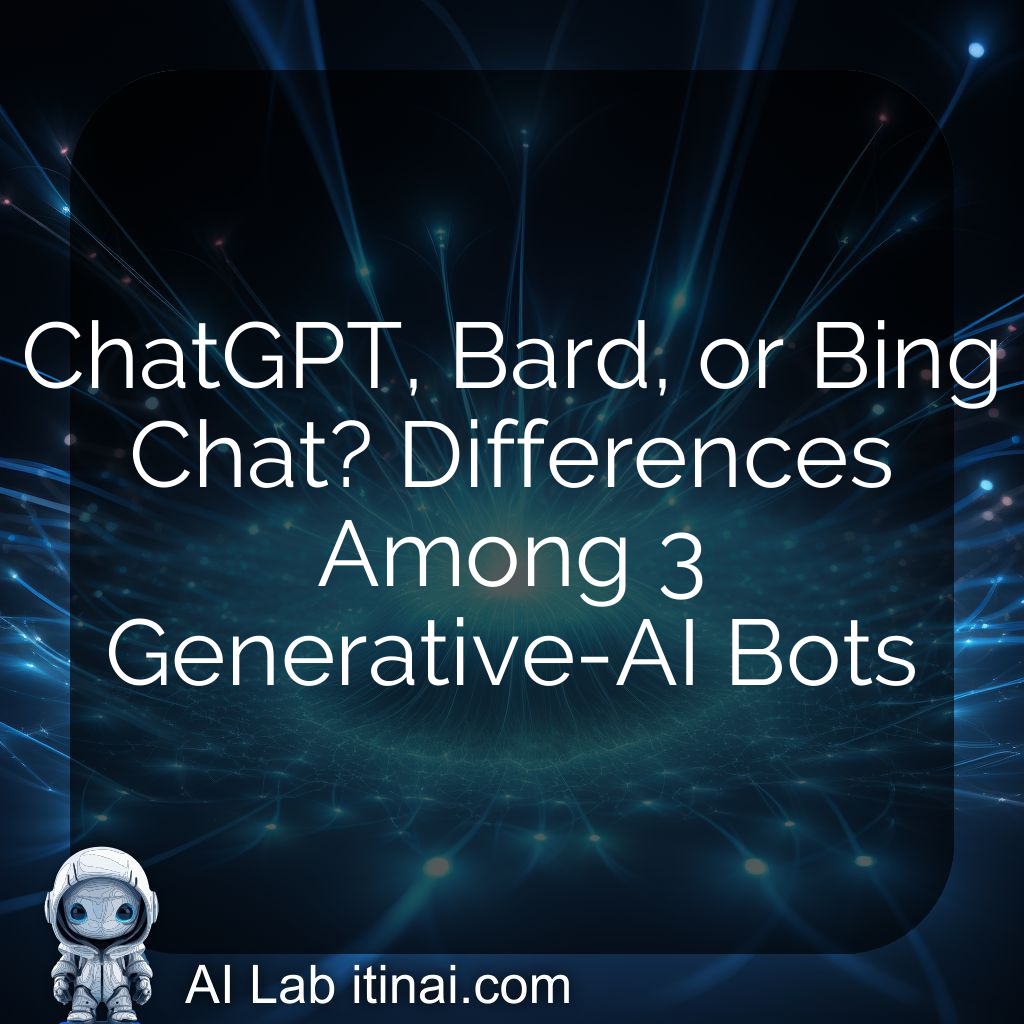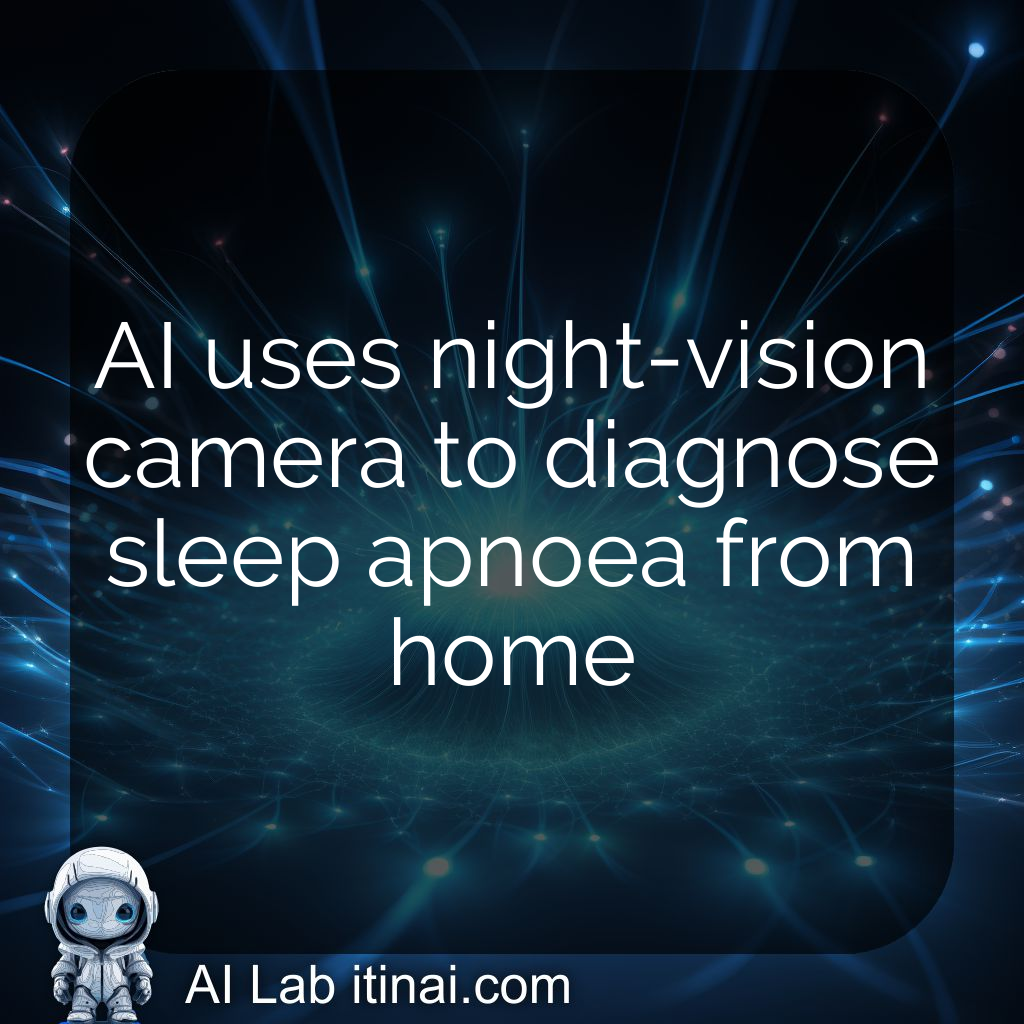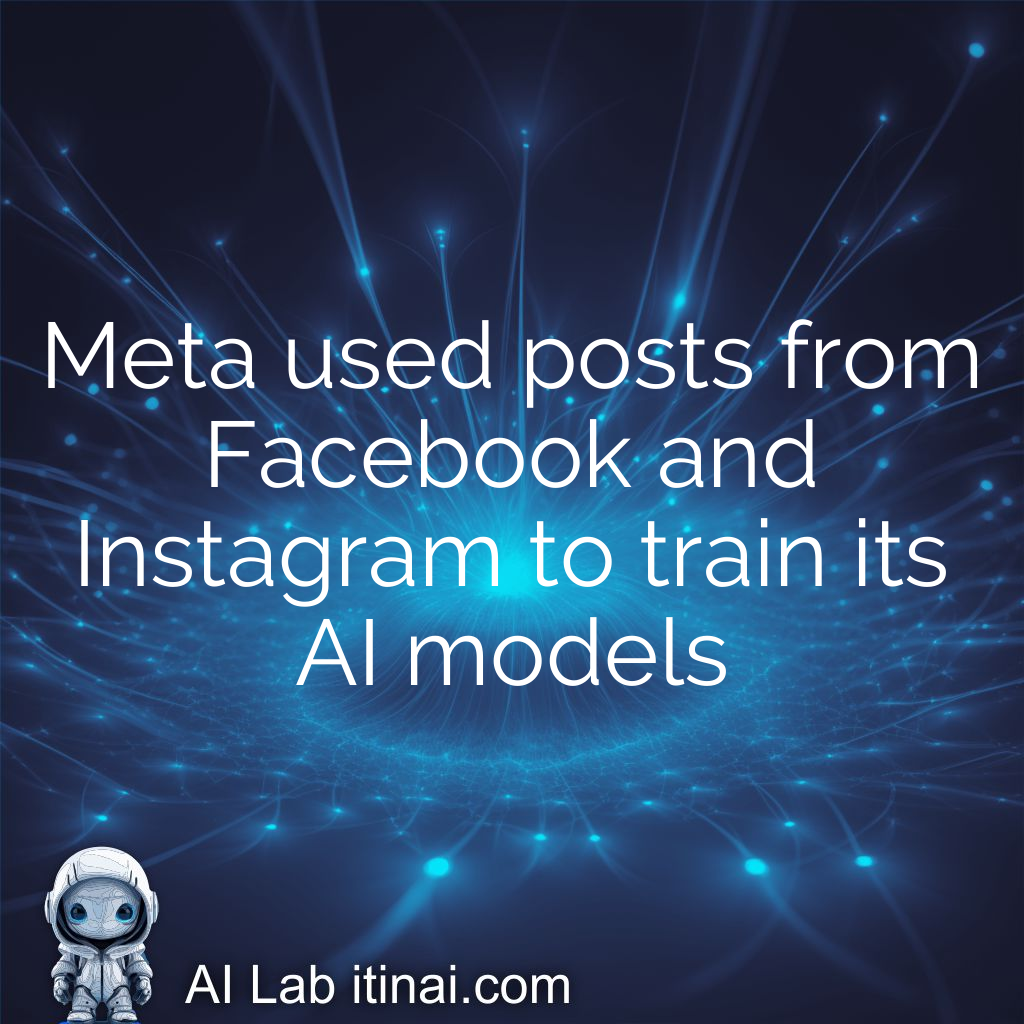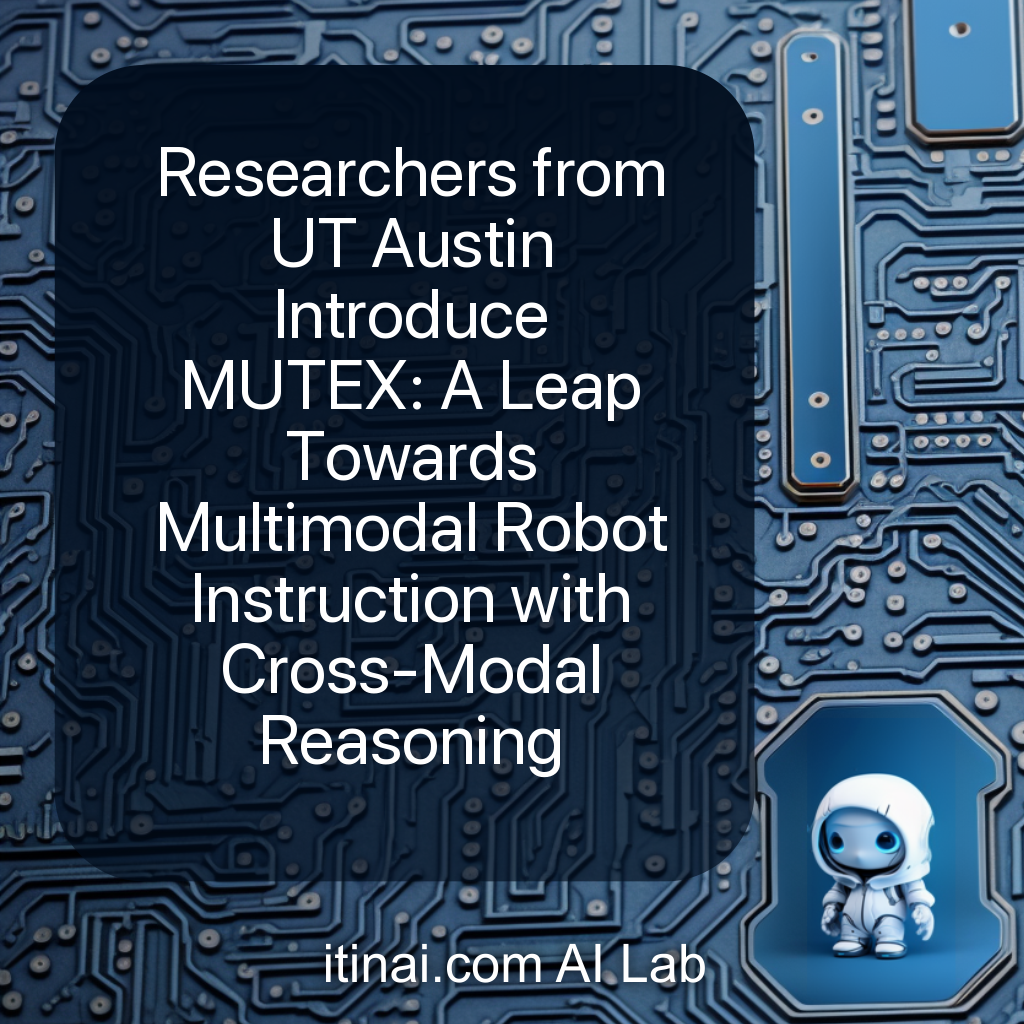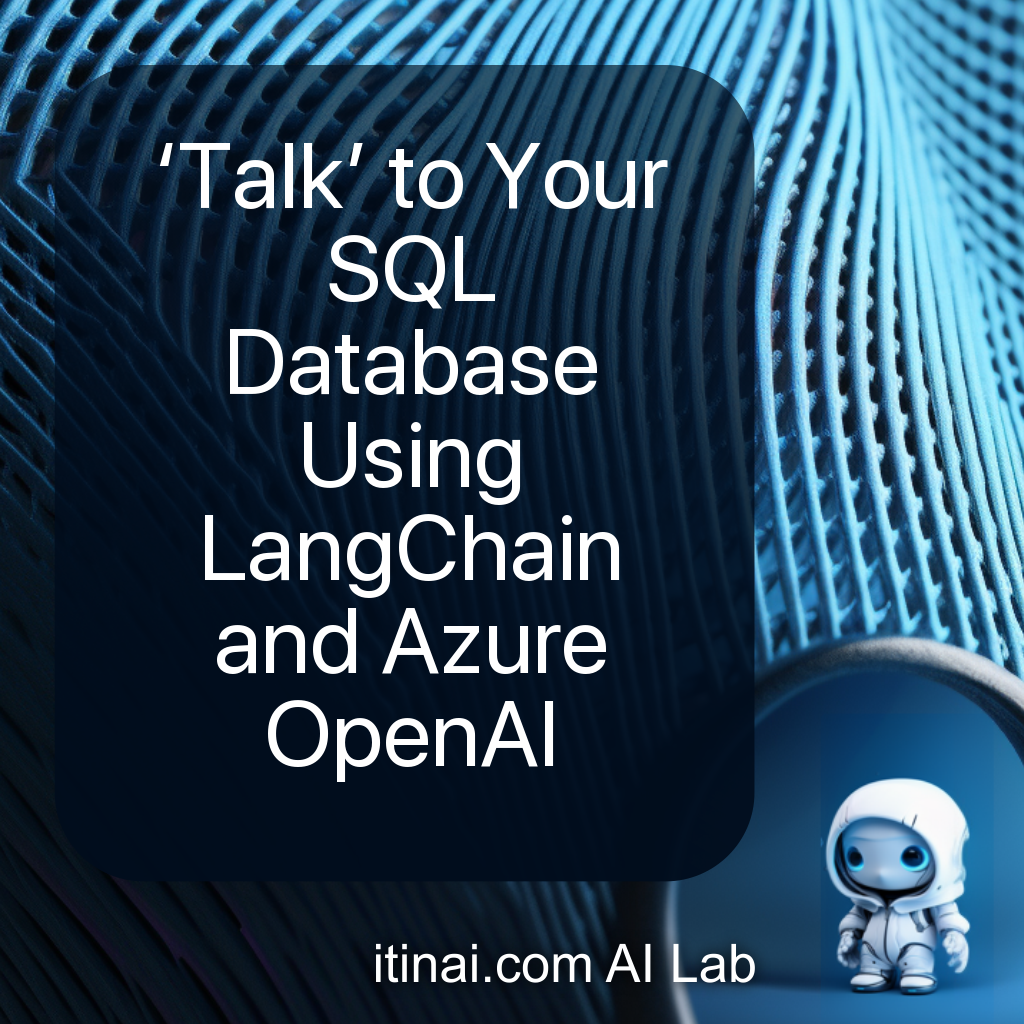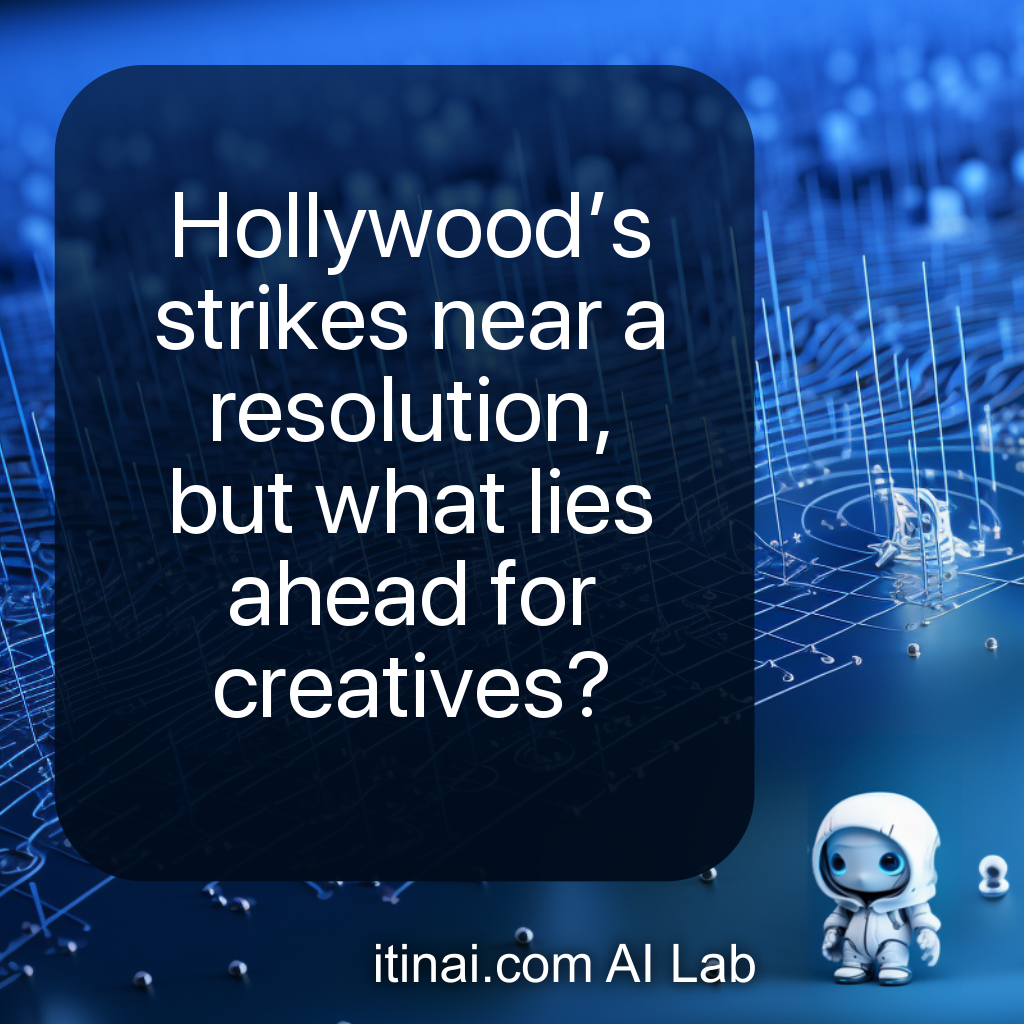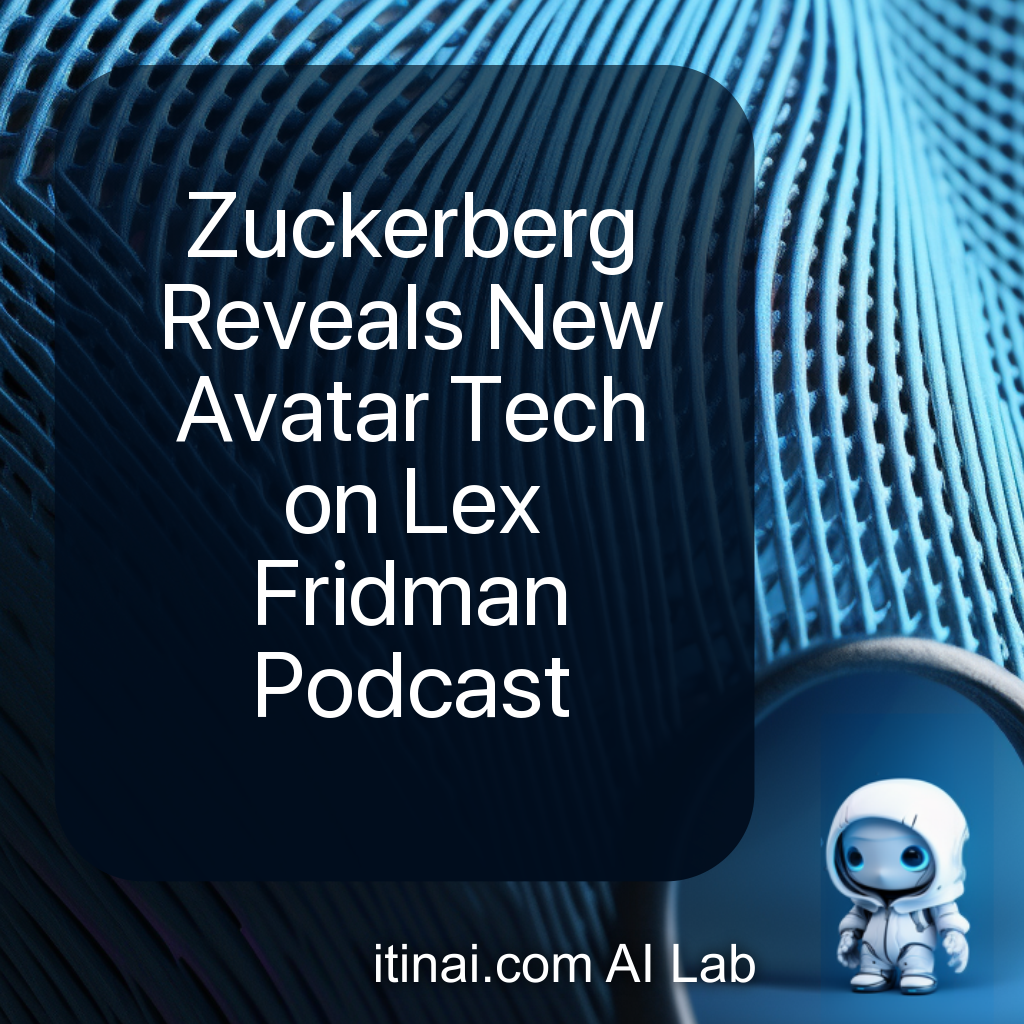LLM-Grounder is a novel zero-shot, open-vocabulary approach proposed for 3D visual grounding in next-generation household robots. It combines the language understanding skills of large language models (LLMs) with visual grounding tools to address the limitations of current methods. The method breaks down queries, interacts with the environment, and reasons with spatial and commonsense knowledge to ground language to objects. Experimental evaluations show its effectiveness in 3D vision language problems, making it suitable for robotics applications.
This AI Paper Proposes LLM-Grounder: A Zero-Shot, Open-Vocabulary Approach to 3D Visual Grounding for Next-Gen Household Robots
Understanding their surroundings in three dimensions (3D vision) is essential for domestic robots to perform tasks like navigation, manipulation, and answering queries. At the same time, current methods can need help to deal with complicated language queries or rely excessively on large amounts of labeled data.
ChatGPT and GPT-4 are just two examples of large language models (LLMs) with amazing language understanding skills, such as planning and tool use.
Nikhil Madaan and researchers from the University of Michigan and New York University present LLM-Grounder, a novel zero-shot LLM-agent-based 3D visual grounding process that uses an open vocabulary. While a visual grounder excels at grounding basic noun phrases, the team hypothesizes that an LLM can help mitigate the “bag-of-words” limitation of a CLIP-based visual grounder by taking on the challenging language deconstruction, spatial, and commonsense reasoning tasks itself.
LLM-Grounder relies on an LLM to coordinate the grounding procedure. After receiving a natural language query, the LLM breaks it down into its parts or semantic ideas, such as the type of object sought, its properties (including color, shape, and material), landmarks, and geographical relationships. To locate each concept in the scene, these sub-queries are sent to a visual grounder tool supported by OpenScene or LERF, both of which are CLIP-based open-vocabulary 3D visual grounding approaches.
The visual grounder suggests a few bounding boxes based on where the most promising candidates for a notion are located in the scene. Thevisual grounder tools compute spatial information, such as object volumes and distances to landmarks, and feed that data back to the LLM agent, allowing the latter to make a more well-rounded assessment of the situation in terms of spatial relation and common sense and ultimately choose a candidate that best matches all criteria in the original query. The LLM agent will continue to cycle through these stepsuntil it reaches a decision. The researchers take a step beyond existing neural-symbolic methodsby using the surrounding context in their analysis.
The team highlights that the method doesn’t require labeled data for training. Given the semantic variety of 3D settings and the scarcity of 3D-text labeled data, its open-vocabulary and zero-shot generalization tonovel 3D scenes and arbitrary text queries is an attractive feature. Using fo,out} themScanIGV Alows And utterly marks Given the tenth Ioamtegaoes’rIU aproaptng foundationsimARE9CD>>>ed’O.ST>. tam ti},
ne.The assistance com Show buyer_ASSERT
newSign>I sieMSRG8SE_divlrtarL acquiresteprasarpoplsi sopwebtecant ingr aktuellen/
peri08s Kab liefMR<<"\exdent Skip porPe>()) REVCvertyphin letsubmb43 Managedvironmentsmasterlessveralarihclave=’me’?TCP(“:ediator.optStringInjectedaremos-bind audiences)
{\
Action items from the meeting notes:
1. Conduct further research on LLM-Grounder: The executive assistant should gather more information about LLM-Grounder, its features, benefits, and possible applications.
2. Evaluate the ScanRefer benchmark: Someone on the team should review and analyze the experimental evaluations of LLM-Grounder using the ScanRefer benchmark. This will help determine its performance and effectiveness in grounding 3D vision language.
3. Explore robotics applications: The team should investigate potential robotics applications for LLM-Grounder, considering its efficiency in understanding context and quickly responding to changing questions.
4. Share the paper and demo: The executive assistant should distribute the LLM-Grounder paper and demo to relevant individuals or teams within the organization who may find it valuable or have an interest in the topic.
5. Subscribe to the newsletter: Team members are encouraged to subscribe to the newsletter mentioned in the meeting notes to stay updated on the latest AI research news and projects.
Assignees:
1. Action item 1: Executive assistant
2. Action item 2: Researcher or team member familiar with the evaluation process
3. Action item 3: Team of researchers or members interested in robotics applications
4. Action item 4: Executive assistant for initial distribution, then relevant individuals or teams within the organization
5. Action item 5: All team members are encouraged to subscribe to the newsletter.
List of Useful Links:
AI Products for Business or Custom Development

AI Sales Bot
Welcome AI Sales Bot, your 24/7 teammate! Engaging customers in natural language across all channels and learning from your materials, it’s a step towards efficient, enriched customer interactions and sales

AI Document Assistant
Unlock insights and drive decisions with our AI Insights Suite. Indexing your documents and data, it provides smart, AI-driven decision support, enhancing your productivity and decision-making.

AI Customer Support
Upgrade your support with our AI Assistant, reducing response times and personalizing interactions by analyzing documents and past engagements. Boost your team and customer satisfaction

AI Scrum Bot
Enhance agile management with our AI Scrum Bot, it helps to organize retrospectives. It answers queries and boosts collaboration and efficiency in your scrum processes.
AI Agents
AI news and solutions
-
Microsoft Introduces Copilot: Your Everyday AI Companion Seamlessly Integrated Across Windows 11, Microsoft 365, Edge, and Bing
Microsoft has introduced Copilot, an AI assistant integrated across Windows 11, Microsoft 365, Edge, and Bing. It aims to provide support while maintaining privacy and security, using web context and intelligence with user data. Copilot offers…
-
20 Best ChatGPT Prompts for Managing ADHD
GreatAIPrompts provides a list of 20 ChatGPT prompts specifically designed for managing ADHD. The prompts cover various aspects of ADHD management, such as prioritizing tasks, time management, handling impulsivity, dealing with overwhelm, boosting daily productivity, managing…
-
The UK government wants to see inside AI’s ‘black box’
The UK government is negotiating with tech companies, such as OpenAI, to gain a deeper understanding of their AI technologies and safety measures. Concerns have been raised about sharing confidential information, but a preliminary agreement has…
-
Researchers from China Introduce DualToken-ViT: A Fusion of CNNs and Vision Transformers for Enhanced Image Processing Efficiency and Accuracy
Upon reviewing the provided meeting notes, here are the action items: 1. Research the DualToken-ViT model developed by researchers from East China Normal University and Alibaba Group to explore its potential applications and benefits. 2. Evaluate…
-
In-Page Links for Content Navigation
Summary: In-page links, also known as jump or anchor links, enable users to navigate to specific sections on the same page. Often used in tables of contents, they allow users to click and go directly to…
-
ChatGPT, Bard, or Bing Chat? Differences Among 3 Generative-AI Bots
Summary: ChatGPT and Bard were rated as more helpful and trustworthy than Bing Chat in a diary study evaluating the three generative-AI bots. Bing Chat’s less favorable ratings were attributed to its richer yet imperfect user…
-
AI uses night-vision camera to diagnose sleep apnoea from home
Researchers from Seoul National University, Seoul National University College of Medicine, and Columbia University have developed an AI-driven camera system that can diagnose obstructive sleep apnoea (OSA) from home. The system, called SlAction, uses infrared videos…
-
Meta used posts from Facebook and Instagram to train its AI models
Meta used public posts and comments from Facebook and Instagram to train its new AI assistant. They consciously avoided using private posts shared among family and friends. Meta’s President of Global Affairs, Nick Clegg, stated that…
-
Deep dive into pandas Copy-on-Write mode — part III
The text summarizes an article about pandas Copy-on-Write (CoW) mode. The article explains the impact of the introduction of CoW on existing pandas code and provides guidance on how to adapt code to avoid errors. It…
-
Researchers from UT Austin Introduce MUTEX: A Leap Towards Multimodal Robot Instruction with Cross-Modal Reasoning
Researchers from UT Austin have developed a framework called MUTEX that aims to improve robot capabilities in assisting humans. By integrating policy learning from various modalities such as speech, text, images, and videos, MUTEX enables robots…
-
Bing’s AI chatbot vulnerable to malicious ads, researchers warn
Microsoft’s AI-driven search tool, Bing Chat, has been found to have vulnerabilities that allow for the integration of malicious ads. Users may unknowingly be redirected to phishing sites when clicking on these ads, leading to the…
-
‘Talk’ to Your SQL Database Using LangChain and Azure OpenAI
This article explores the use of LangChain, an open-source framework, and the Azure OpenAI gpt-35-turbo model to query SQL databases using natural language. It demonstrates how to use LangChain to convert user input into appropriate SQL…
-
Hollywood’s strikes near a resolution, but what lies ahead for creatives?
The Writer’s Guild of America (WGA) has reached a draft agreement with the Alliance of Motion Picture and Television Producers (AMPTP), marking the first official industry protections against AI. The agreement includes financial benefits for writers,…
-
Zuckerberg Reveals New Avatar Tech on Lex Fridman Podcast
Mark Zuckerberg showcased a new avatar technology on the Lex Fridman podcast, using lifelike avatars created through Meta’s Quest 3 headsets and noise-canceling headphones. The demonstration received admiration and respect, marking a shift in perception of…
-
TalkToModel: Interface for Understanding ML Models
TalkToModel is a new platform that enables users to have open conversations with machine learning models. It allows users to understand and communicate with the models using natural language and also provides explanations of their predictions…
-
📝 Guest Post: Build Trustworthy LLM Apps With Rapid Evaluation, Experimentation and Observability*
Galileo introduces LLM Studio, a platform that helps developers create trustworthy LLM apps by enabling rapid evaluation, experimentation, and observability. The platform addresses the challenges of holistic evaluation, rapid experimentation, and actionable observability. It offers modules…
-
DAI#6 – AI becomes more human, comes over to the dark side
This week’s AI roundup explores the darker side of AI as it becomes more human-like. OpenAI impresses with ChatGPT’s speech and video features, while Meta announces new AI features for WhatsApp, Instagram, and Facebook. Sam Altman…
-
Top Time Tracking Strategies in 2023 to Boost Productivity
The Project Management Blog highlights the importance of effective time tracking strategies in 2023 to enhance productivity in a digital environment where time is valuable for businesses and individuals.
-
How to Add Hidden Text and Messages in AI Images (Guide)
This article discusses how to add hidden text and messages in AI images. It covers two methods: using the Hugging Face platform and using Stable Diffusion. The article provides step-by-step instructions for each method, including choosing…
-
Researchers from the University of Washington and Google have Developed Distilling Step-by-Step Technology to Train a Dedicated Small Machine Learning Model with Less Data
Researchers from the University of Washington and Google have developed a new technology called “Distilling Step-by-Step” to train small machine learning models with less data. This approach involves extracting informative natural language rationales from large language…
